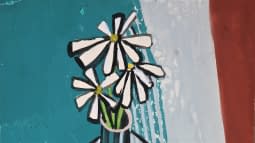Duality: A journey through life and death - in the art of Thomas Haensgen
My Name is Thomas Haensgen. This is My Story in a Nutshell:
The first time it happened to me was just a little over 10 years ago: I passed out after a few days of flu, was hospitalised, had seizures and fell into a coma. Encephalitis.
Exactly the same thing happened again a year later: unconsciousness, hospitalisation, coma, Encephalitis...
In both cases, I also had an NDE. A near-death experience. I was connected to life-support equipment and was artificially ventilated, but I wasn't really dead. Even though the doctors told me afterwards that the EEG briefly showed a zero line (probably an ‘equipment error’), I pushed the thought to one side. After all, I was alive. And what I experienced ‘over there’ was almost certainly just my imagination. Something the medication had done. ‘I really have nothing to do with that’ was my thought, “I'm alive. So I can't have been dead.”
But: I stopped buying animal products from one day to the next. I couldn't. Immediately after the first NDE, I could no longer bear for an animal to die for me.
And: I started travelling the whole world. Because I at least wanted to learn more about ‘this death thing’. I was lucky enough to work a lot for international clients, which gave me the opportunity to travel the world. And to capture life photographically everywhere. That was the main thing for me. I've been to Asia, America, Africa, Australia and all over Europe. Always with the question in the back of my mind, for which I was looking for answers: “What is this death?”
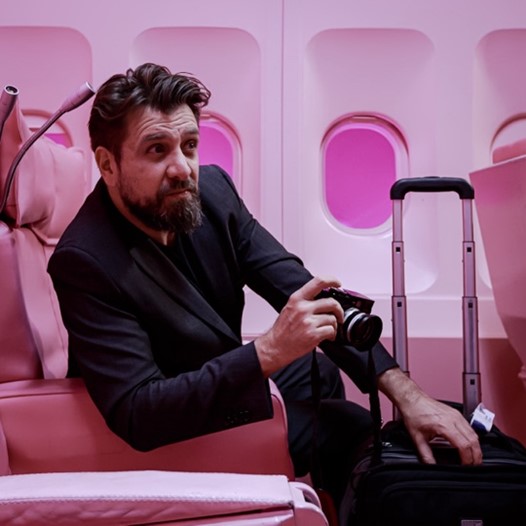
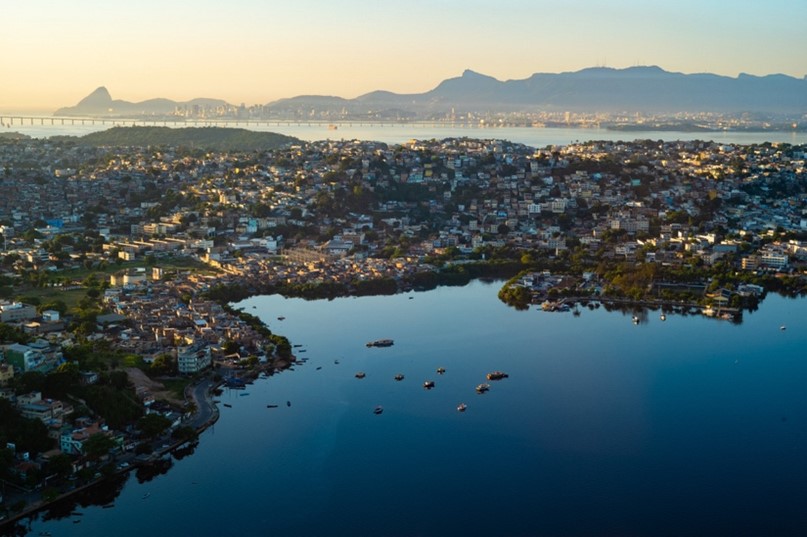
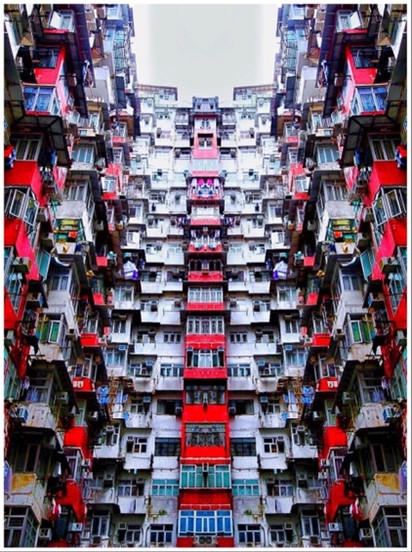
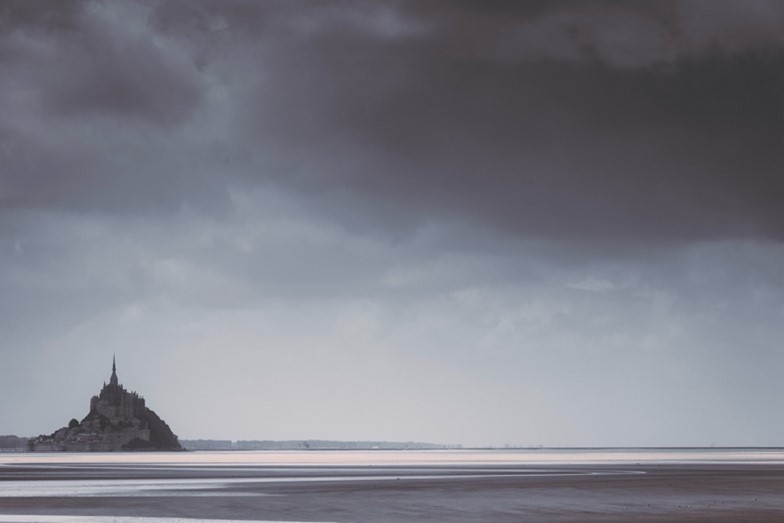

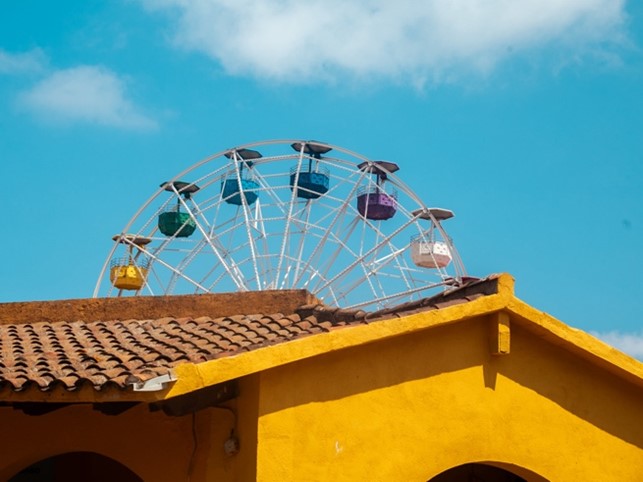
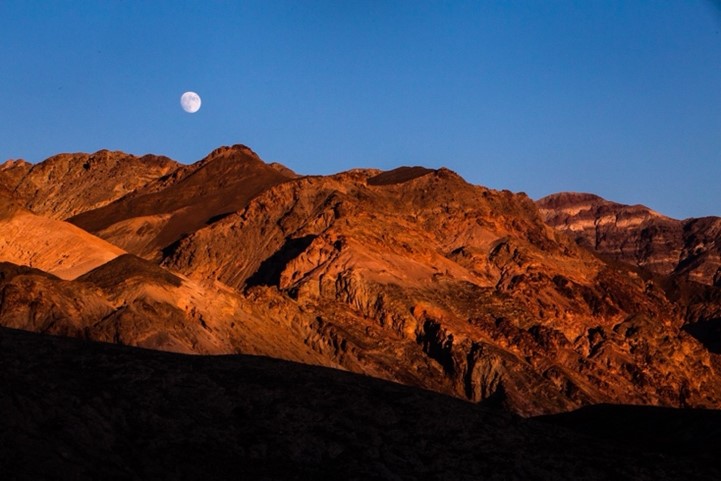
To Mexico - Home of the ‘Día de los Muertos’.
2022 took me to Mexico. Precisely for this reason. Because there is a particularly close cultural and historical connection with death in this country. And that's exactly what I wanted to experience ‘live’.
And I did. But not quite in the way I had imagined: At the end of the trip, I spontaneously passed out again. And again coma. Encephalitis again. Back on life support again. And again: another NDE. The third one.
This time, however, with a fair degree of certainty: neither those nor the NDEs before were dreams, drug-induced hallucinations, imagination. But three ‘visits’ to a very unusual place. Always the exact same one. What I didn't have was an idea: how should I explain to others what I had experienced and what was clear and unambiguous to me?
You can't just go and tell people that you were in a world beyond. That you can report a lot from there. Because officially you were only there for a brief moment (namely during the flatline on the EEGs, which were supposedly only due to device errors), but you were there for the duration of an infinity. And that three (3) times. You can tell people that, but you run the risk of the other person thinking you're completely bonkers. I had no idea how I could ‘explain’ this to anyone without my listeners turning their backs on me. Especially because I am exactly the person who would ridicule anyone who told me such a story. So I completely put the idea of telling anyone about it on hold (for now). And kept searching instead.
In the photographs I took in Mexico.
If I came to the realisation and self-realisation there - in the country I had travelled to with the aim of finding out more about life and death - that I had spent an infinity in an incredibly ‘unbelievable’ place (as with the first two NDEs), then perhaps I had also captured this in my photographs? But I didn't. My pictures showed life. In Mexico. In all its splendour. The colours, the vitality, the humanity, the joy, the things to discover... Death was also included. As part of life. In countless variations. As sculptures, in paintings, graffiti, in written words... but not in the form in which I experienced it during my NDEs - from the perspective of the non-living. But in the photos only from the perspective of the living. From someone who captures the fascination of the country photographically. And who, unfortunately, would never have had a camera with him during the NTEs (but then wouldn't have been able to use it either).
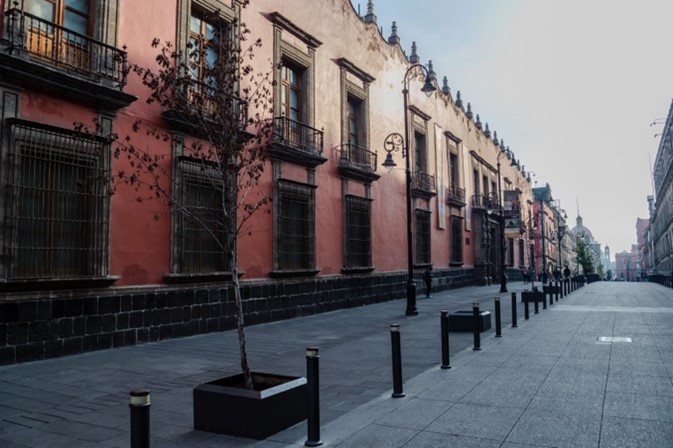
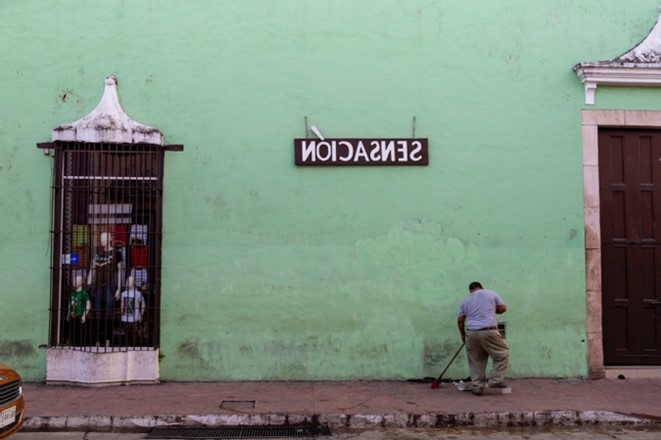
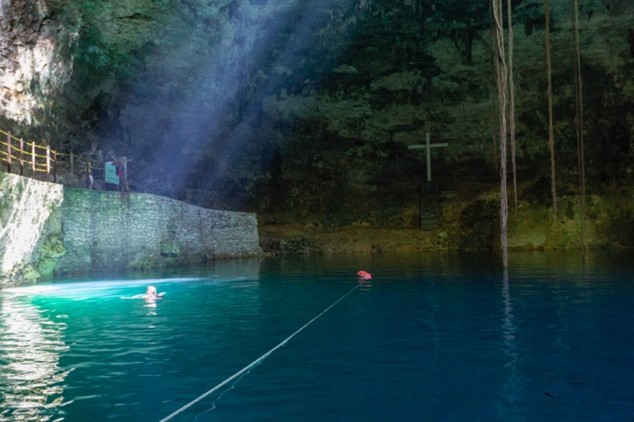
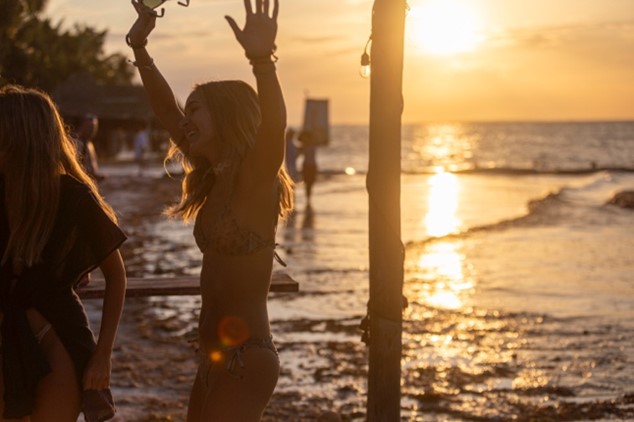
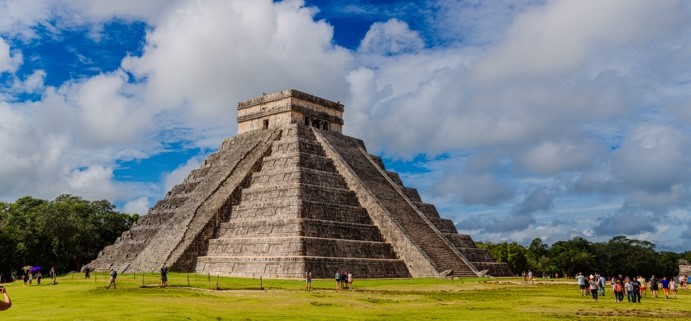
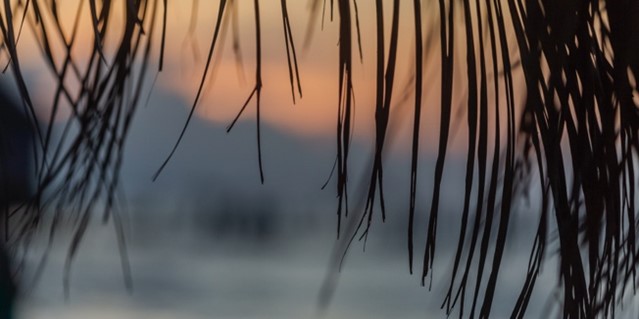
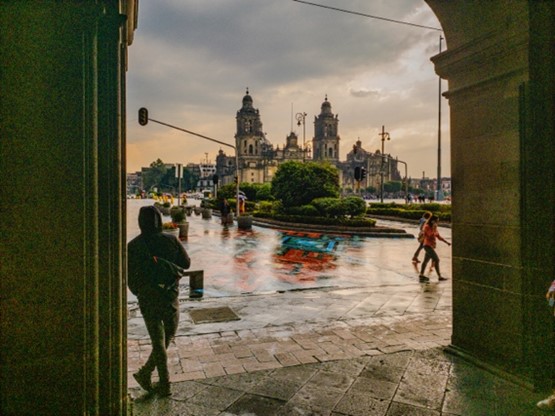

Getting Closer to the Answers.
I travelled to Mexico a further 5 times on behalf of clients. And kept researching, kept talking to people, kept asking questions, kept looking and taking photos...
... and found answers: one day after my sixth trip to Mexico, back in Germany, I had to go to the hospital again. Again with unconsciousness, coma, Encephalitis. And again with an endlessly long visit to the place I had already visited three times. On ‘the other side’. But this time with the opportunity to memorise exactly how and what it was like when I woke up from the coma. This time without this ‘fighting against the fact that it CAN'T be real’. Because - as with the NDE before - I had the certainty that it wasn't a dream - but this time I went into it with the will to memorise the experience there - especially the visuals. To memorise it. Not to put it aside like a dream that you quickly forget anyway, but to keep it. To at least be able to answer the question of how I can tell the story. I had the photographs. More than 6,000 by now, and I knew that I wouldn't be able to tell the story of life and death with them. Instead, I could ‘only’ tell a story about life in Mexico. I knew from my work in Mexico that it would not be possible to use photographic means to depict the perspective from the hereafter. Not that of the living in this world, but that of the unliving in the hereafter. I knew exactly what it looked like there. And that I couldn't reproduce it with photographic equipment.
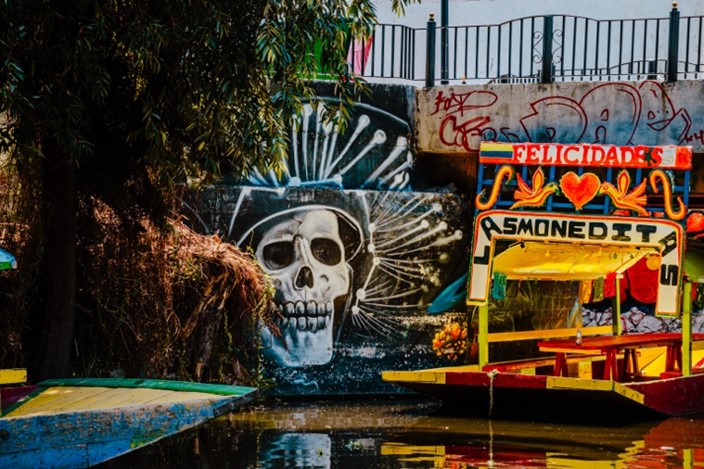
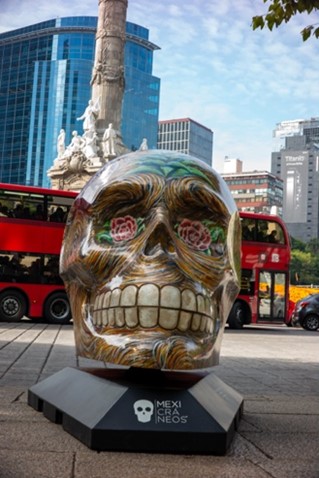
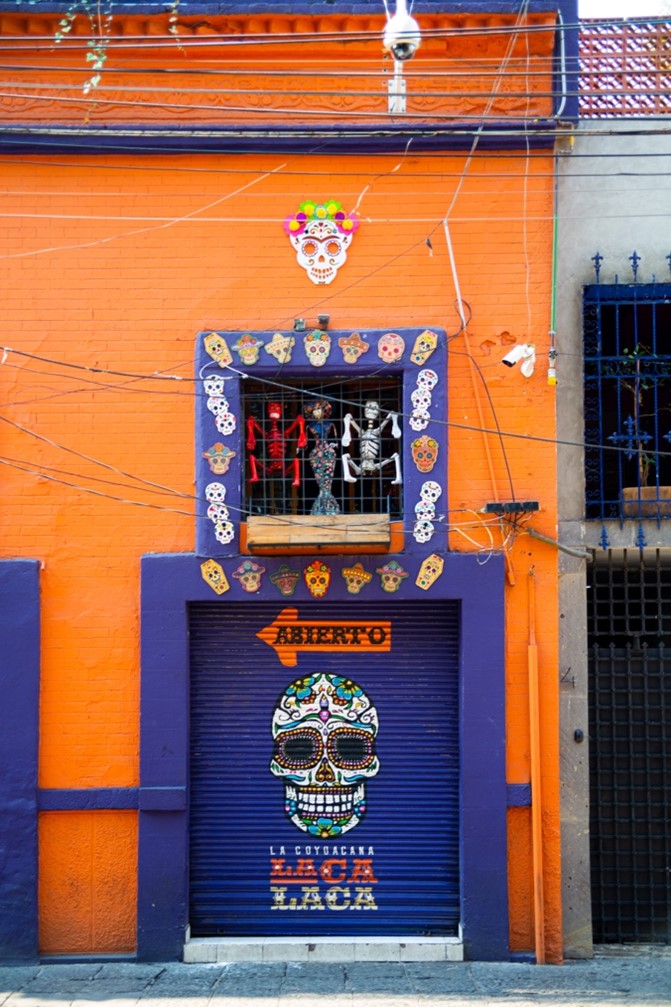
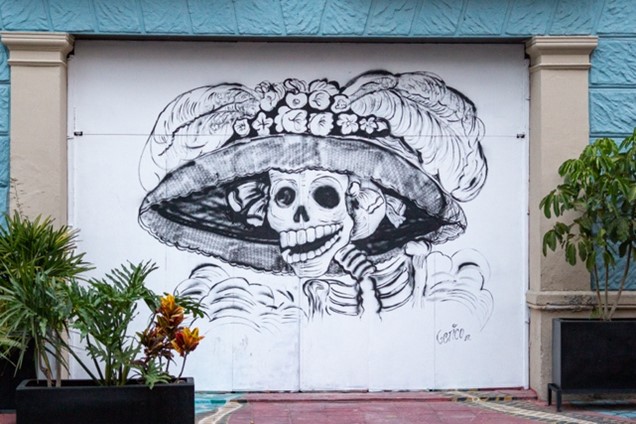
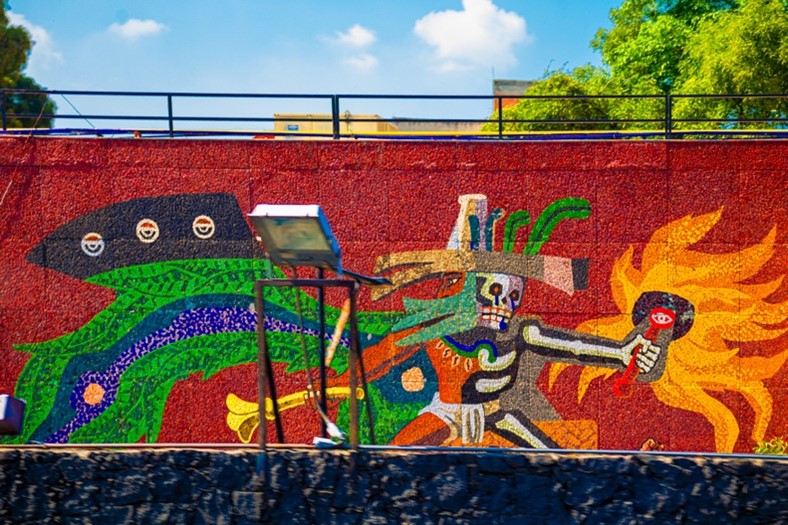
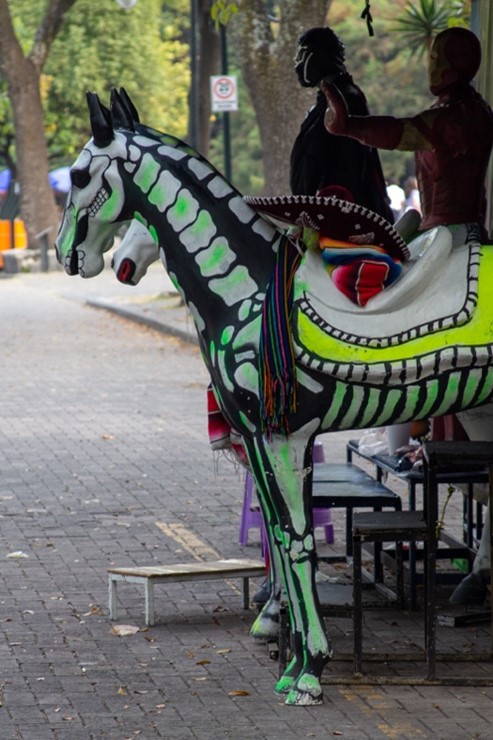
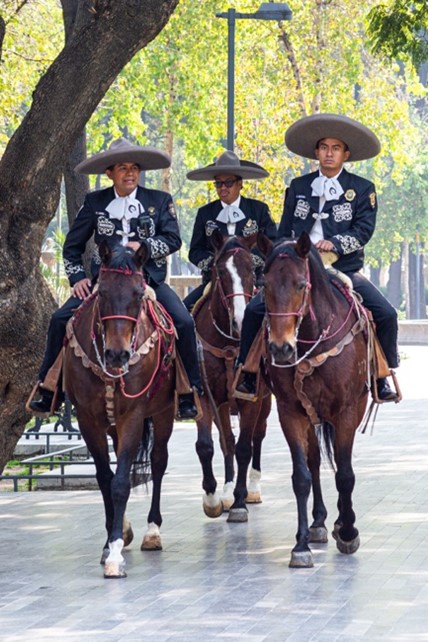
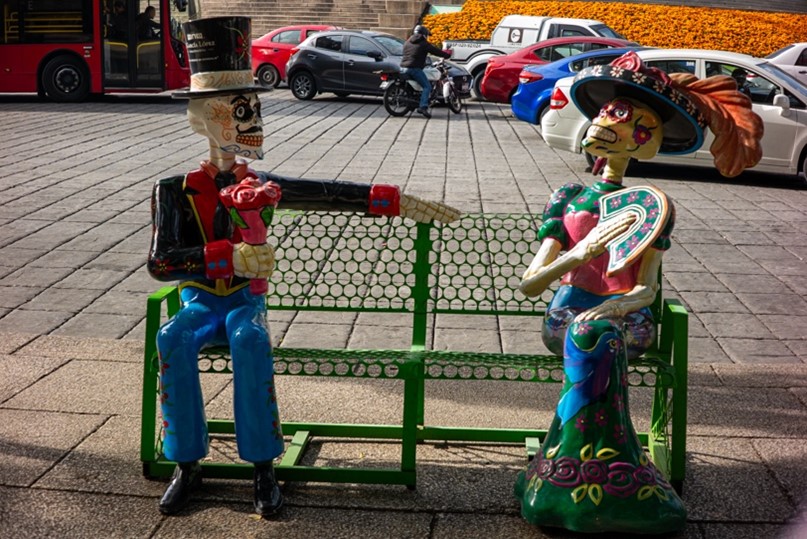
... With the Help of Art.
So I had to go one step further and use the artistic skills I've built up over the course of my life to make what I saw in the afterlife imaginable for someone who doesn't know it.
Even with the knowledge that it will not be a 1:1 experience. Just as it is impossible to create a concrete, ‘real’, complete image with words that corresponds exactly to the truth, but rather only conveys an idea of it. However, depending on the words used, it can be closer or further away from the original. This time I knew what I could show. Because I consciously kept the impressions in my head instead of ‘wiping them away’. What I didn't know yet was how I could bring that into the images. So I experimented: Using various classic techniques. Whether through overpainting, with watercolour, through frottage, decalcomania. But I never got anywhere near what I wanted to show.
Welcome to Duality
I only succeeded in doing this when I approached the matter with the help of maths.
And I consciously let my usual photographic expertise ‘die’: By completely removing the photographic from my pictures. By reducing shapes and structures to a minimum. And condensing the colours to the essence of the experienced colours of Mexico. By removing life from the original image so that only a memory of it remained. But not leaving the image to the black of non-existence. Instead, I left it in the picture as a non-visible partial element. With a result that satisfied me for the first time. The 22 (of a total of 88) pictures from the DUALITY series shown here on art24 correspond exactly to what you see in the afterlife. They are no longer photographs. But they document this place like photographs. They document the beauty, splendour and colours of living Mexico - life and death in Mexico. From the perspective of afterlife. From a person who has experienced and survived this perspective as an ‘eyewitness’. In this world they show nothing clear, nothing structured, just a memory of something. But they also convey a feeling of pure relaxation.

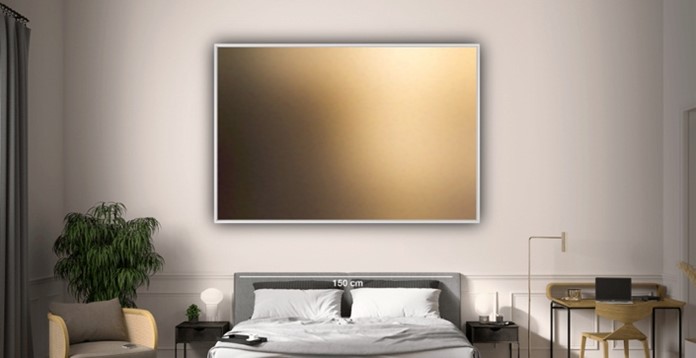

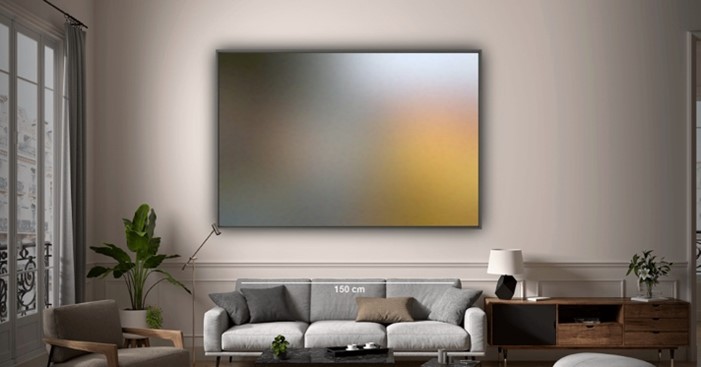
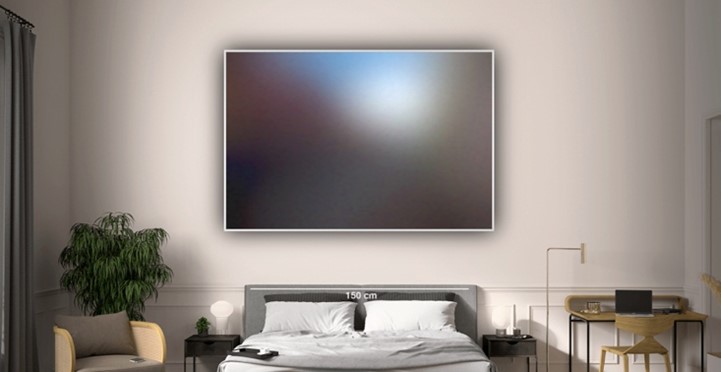
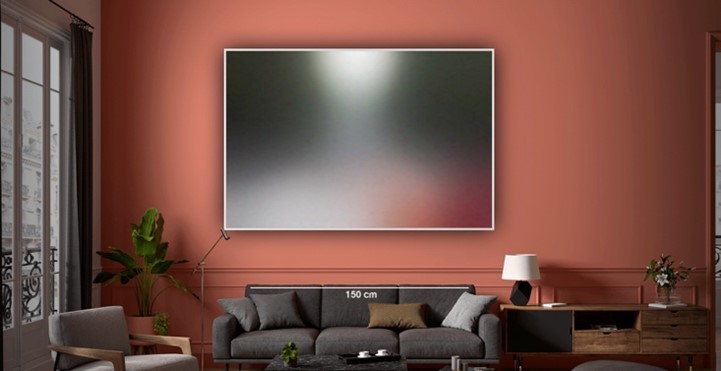
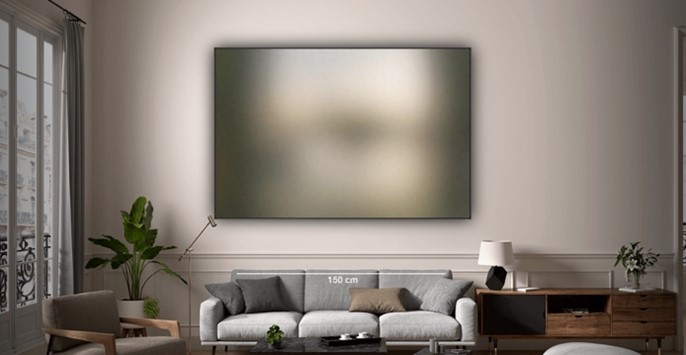
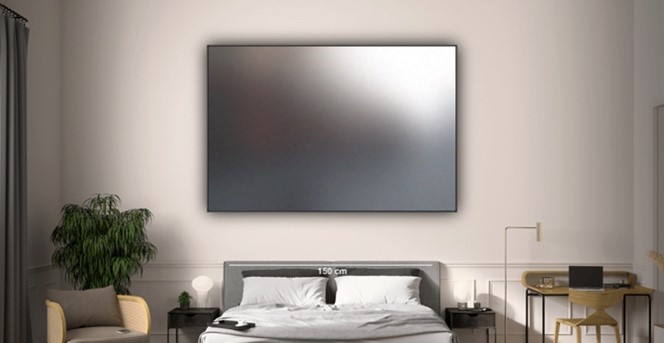
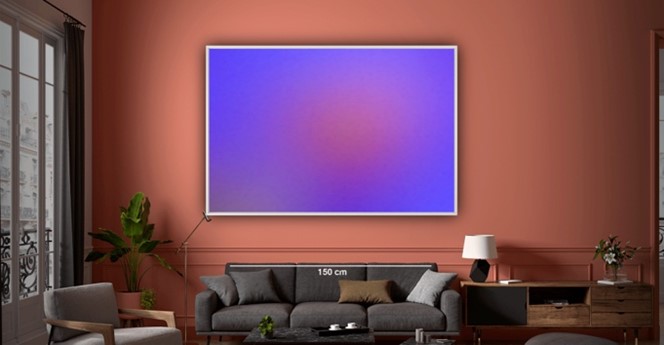
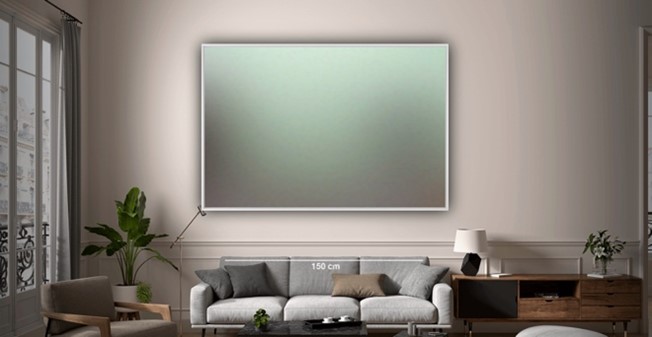
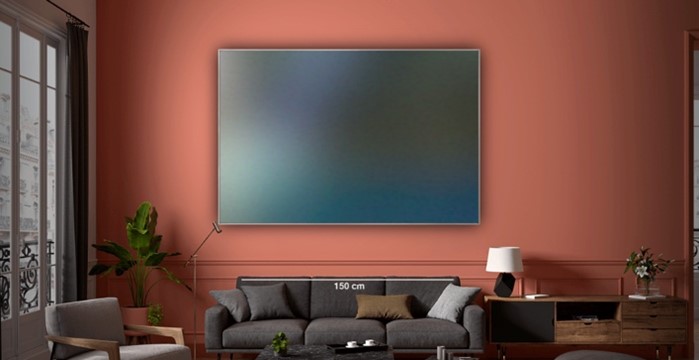
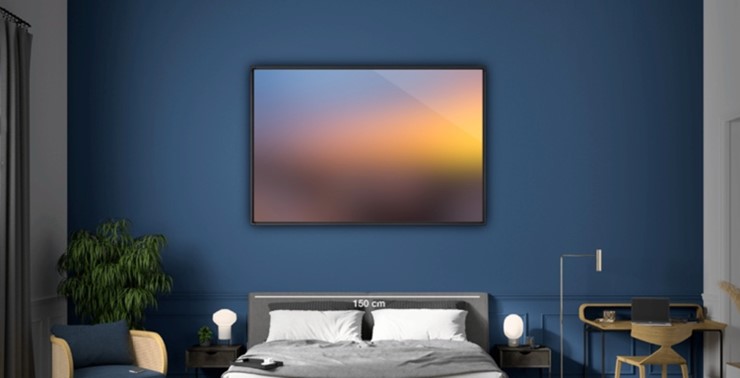
The End of the Story?
The story I'm telling here doesn't matter. It doesn't matter whether you believe it to be true or a fairy tale, fantasy or whatever. In the end, everyone gets the opportunity to compare it with their own perception. Whether this then triggers a ‘I knew it’ or an ‘oh, I would have believed it when I read it’ is no longer important. But it does here if it helps to remove the fear of the inevitable, to take away the worry that loved ones or living beings ‘over there’ could suffer and to at least consider that things will go on. Even if life has ended. And the images are a reminder of that. Just as they are a reminder to use life to make it worth living. For humans and animals. Through human endeavour and action.
I am sharing a small visual impression of parts of this experience with everyone here. Here in the blog on art24, on my art24 profile, in the products for ‘Duality’, on my website, where I go into even more detail than here about my experience there and also give a musical interpretation in episode #9 and wherever else I feel I can. In the form of a digital view on a monitor or mobile phone.
DUALITY. MÉXICO. BETWEEN LIFE AND DEATH.
I share the impression in its full splendour in each of the master prints, limited to 22 copies in full size (each with their long side of 180 cm.) But also as a reproduction in an Open Edition in 35x45 cm format on paper.
Both come as close as possible to the real experience. But even if you know nothing of the story behind the images and only want to use them purely as a means of interior design, you can feel a part of the infinity of the afterlife inherent in the visuals and the accompanying beauty of being here in life. And when this feeling goes hand in hand with the desire to make this life more beautiful not only for yourself, but also for others, then I see my job as more than fulfilled.





